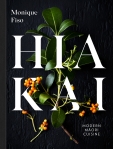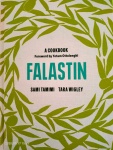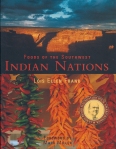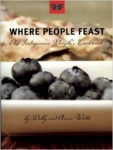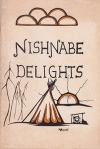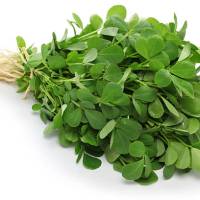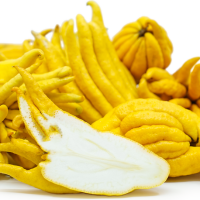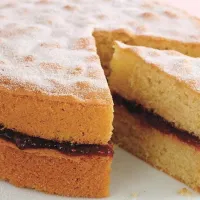The evil brick of tasty
‘Tastes of seaweed and sea water’ (Terry Wogan), ‘(rowies) look like roadkill croissants’ (Guardian), ‘Evil bricks of tasty’ (Duncan Jones), ‘The Rowie should be banned’ (Dr G McKeith). Mmmm, it seems not everyone is in favour of the rowie. But I can tell you, Dr McKeith, most who have tasted one would agree, ‘Gonnae no dae that!’. Call it a Buttery, call it a Rowie, it is a breakfast roll a bit like a croissant and is unique to the North East of Scotland. It has an extremely high fat content and was made for and by fishermen, up and down the east coast of northern Scotland, for their long periods at sea. The lard and butter stored well and when the Buttery/Rowie was cooked, it helped insulate the men from the cold winds and conditions of the North Sea.
I lived in Aberdeen and there they were called ‘rowies’. And, yes, there is a linguistic divide between city and shire. As noted in a Guardian article ‘The toonsers ca’ them rowies and the teuchters ca’ them butteries.’
But regardless of what they are called, Wynrol tells us, ‘Bakers across the North East of Scotland jealously guard their age old recipes. Most people and households have their favourite bakers as every Buttery or Rowie is different from shop to shop. In Aberdeen there is the famous Aitkens rolls, light and crispy. Chalmers produce a more softer and equally tasty roll. But if you head out to places like Buckie, Portknockie, Cullen and Portsoy which are all fishing villiages, the variety of rolls is amazing. All so different and all perfect in their own unique way.’
But rowies are also considered to be an endangered heritage food, seemingly because the younger generation are not willing to undergo the demands of the baker’s life and train to make rowies. The World Buttery Championships (2018), organised by Slow Food Aberdeen City and Shire, were held in Aberdeen primarily to raise awareness of their status. Perhaps it is fortunate then that you can buy rowies online and have them shipped to as far away from the North of Scotland as New Zealand and Australia. While it is common to post butteries to lard-deprived riggers out on the oil platforms, The Scottish Store claims ‘We can send our rowies to every corner of the globe, it can be pricy but we often send them to customers in Australia and New Zealand who are just desperate to get a hold of a rowie’. Now there is a thought.
Originating in a cold climate is perfect for the making of the rowie which needs light cool hands, a cool surface and care in handling the two types of fat – butter and lard, although the Aberdeen Journal of 1870 bemoaned the use of lard in place of butter in these traditional butter rolls. (Glimpses of Olden Days in Aberdeen”, William Buchanan The Aberdeen Journal 1870, p10).
Today, We Are Not Foodies, notes there are basically two types of butteries, though their recipes are the same. There is the salty, slightly crisp variety and the soft, chewy ones, but says you usually have to go to different bakers to find each type. The difference comes down to the method of making them. For the crispy variety some of the fat is left in small lumps rather than working it in completely, which causes the lumps to effectively fry the surrounding dough. The secret is to know when to stop working the dough, which apparently is an art as slightly too much will create a flat cake instead of a slightly risen buttery.
I think this correspondent could have used some of the above advice when they said:
‘Ave been tryin tae mak these fir a few years noo and ah jist get scunnered, kitchen top aywis clarted in the lard n butter, end product ends up affa dry. Am in the middle o anither batch far ave used a fraction o the ingredients jist tae see how it turns oot. Ah think the problem may be the climate, affa hot n humid far I am.’ (Orbut, 2011)
If you feel brave then here is a recipe you might like to try:


